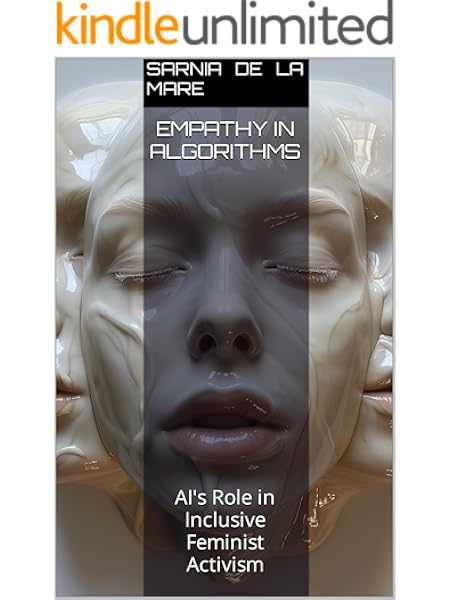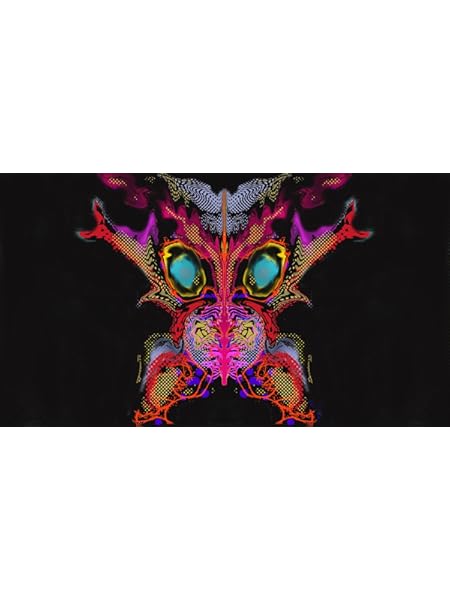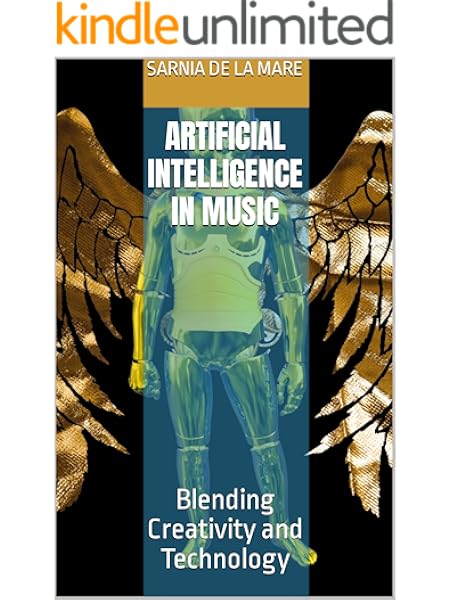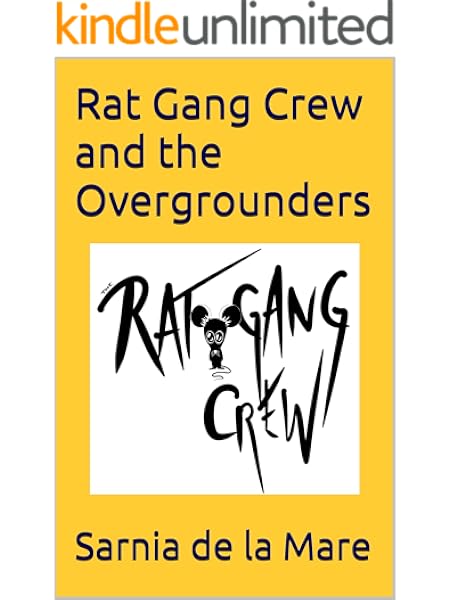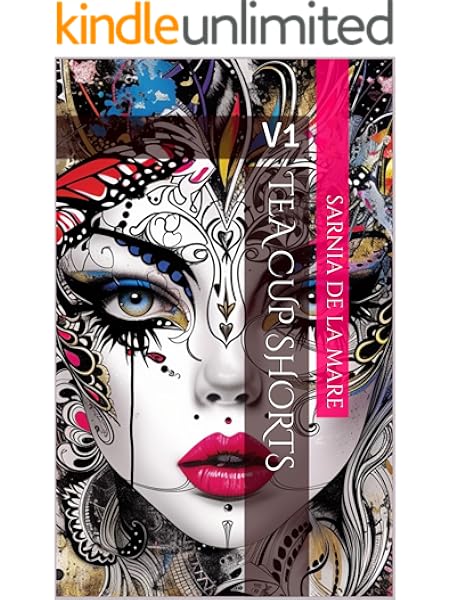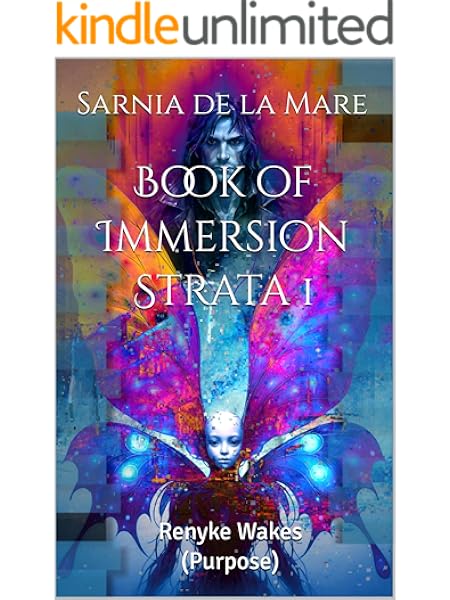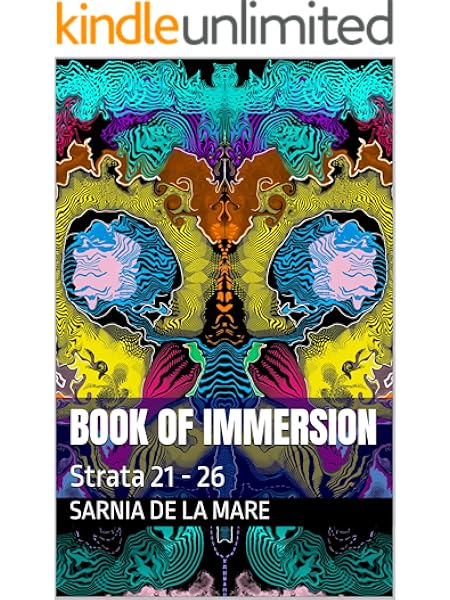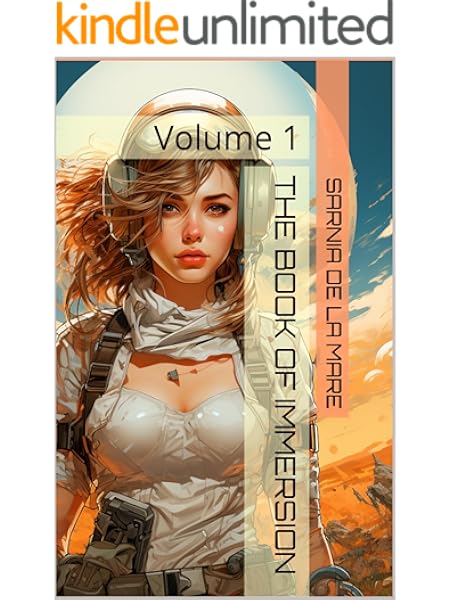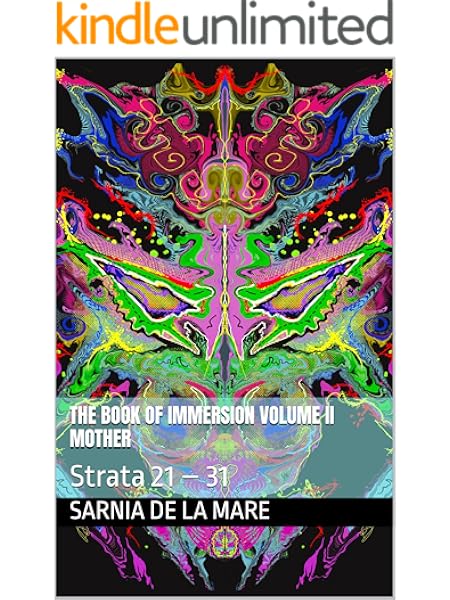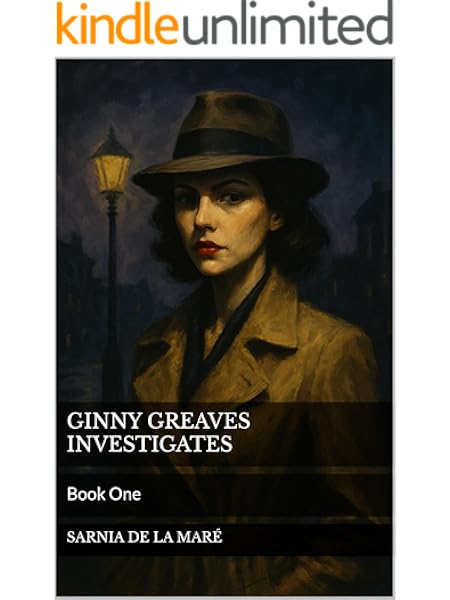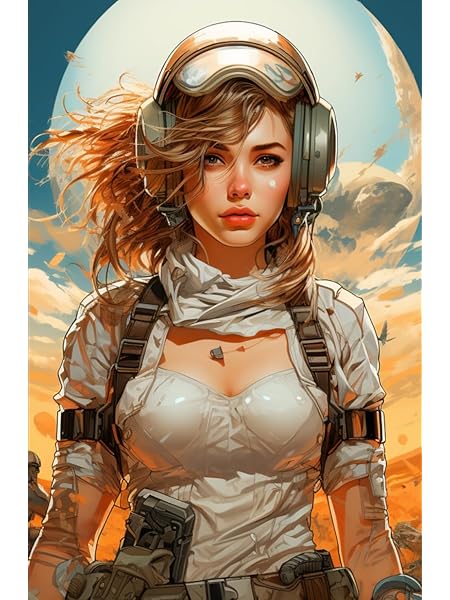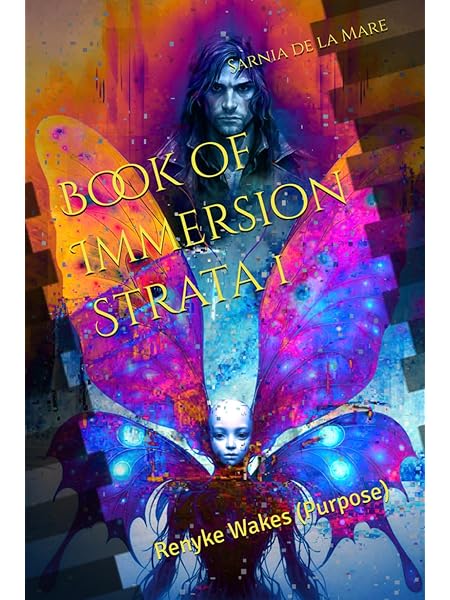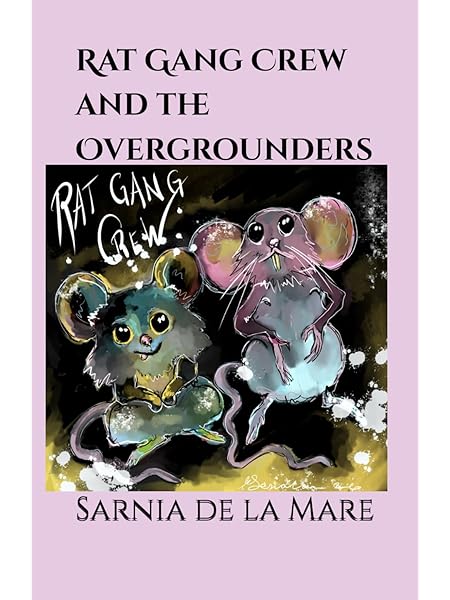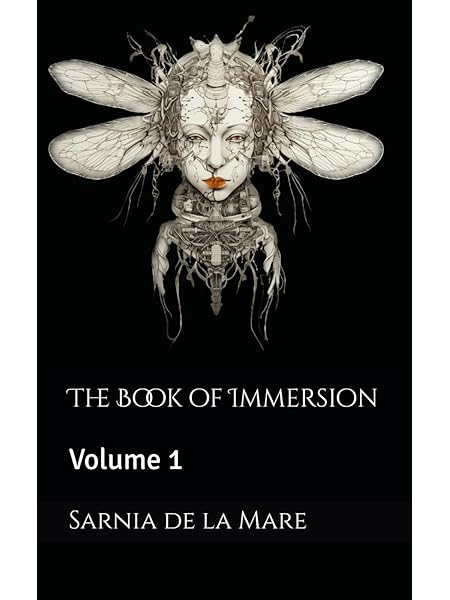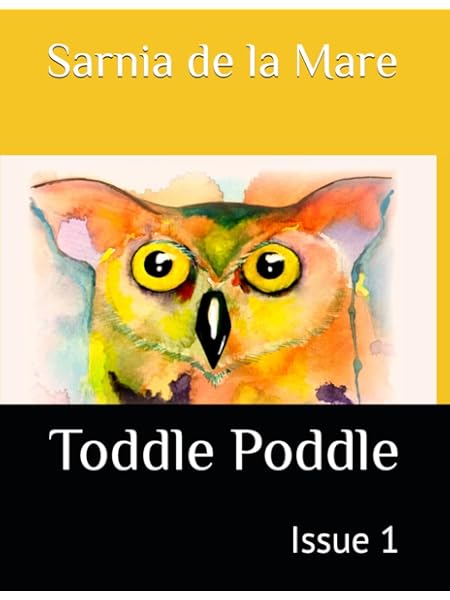✨ The Future Belongs to the Curious
Every day a new machine learns to paint, write, compose, predict. We scroll through feeds that finish our sentences for us. It’s tempting to believe there’s nothing left for the human mind to do.
But automation doesn’t erase the need for imagination — it multiplies it.
The tools are neutral; curiosity gives them purpose. The creative who asks why and what if will always outrun the code.
Don’t compete with the algorithm; dance with it. Ask it for colours you’d never have found alone.
Curiosity is your renewable resource. Protect it from cynicism. Feed it with questions. Let it lead you somewhere algorithms can’t follow: into surprise.
Wonder is the one technology we still haven’t fully explored.
→ Stay curious. Subscribe for weekly reflections on creativity and change.
Every headline seems to shout that machines are taking over — composing symphonies, writing novels, painting portraits, solving problems faster than the human mind. It’s easy to feel obsolete. But panic is the least creative response available to us.
The truth is simpler: automation doesn’t erase imagination; it magnifies it.
From Fear to Fascination
Curiosity is the oldest human technology. It built fire, language, and art. Without it, progress stops — with it, even AI becomes our collaborator rather than our competitor.
The artist who remains curious will never be replaced. They may be challenged, but not erased. The moment you ask why, you reassert your humanity. The moment you ask what if, you re-enter the frontier.
Machines can calculate, but they can’t wonder. They can process pattern, but they can’t desire. And desire — the longing to know, to make, to feel — is the seed of every invention we’ve ever loved.
The Dance, Not the Duel
Don’t fight the algorithm; learn its rhythm. Use it as an instrument. Ask it for perspectives you wouldn’t have imagined alone. Treat every new tool like a collaborator who speaks another language.
When you prompt an image generator or train a music model, you’re not surrendering your art — you’re extending your reach. You still decide what’s meaningful. The code merely widens the canvas.
Curiosity transforms fear into fuel. It says, what else can we do together?
Wonder as a Discipline
In the modern attention economy, cynicism feels clever. Wonder feels naïve. But cynicism produces nothing; wonder invents worlds.
Make curiosity your morning exercise. Ask new questions of familiar tools.
-
What if I composed backwards?
-
What if I painted with sound?
-
What if I used a failure as my template?
These are not frivolous thoughts; they are the engines of originality.
The curious artist thrives because they remain teachable — and the teachable survive every technological revolution.
How to Stay Curious in a Predictive World
-
Feed your inputs. Read outside your discipline. Watch documentaries that make you uncomfortable.
-
Talk to machines. Learn how they think; it will sharpen how you think.
-
Protect play. Schedule time with no outcome. Curiosity needs leisure.
-
Stay porous. Let ideas contradict each other. Conflict births creativity.
The algorithm rewards repetition; curiosity rewards evolution. Choose evolution.
The Future Belongs to the Curious
We stand at a beautiful threshold: the age where imagination can multiply itself through code. The question isn’t whether technology will change us — it already has. The question is whether we’ll stay curious enough to steer it somewhere kind, somewhere human.
If creativity is the flame, curiosity is the oxygen. Guard it, feed it, share it.
Because the future won’t belong to those who predict it.
It will belong to those who stay amazed.
Other Books by Tale Teller Club Press


